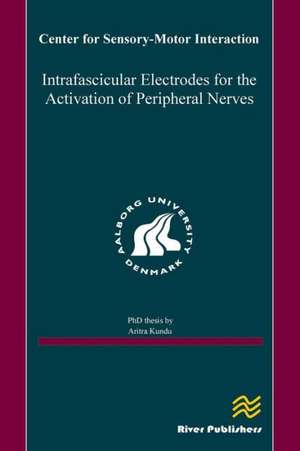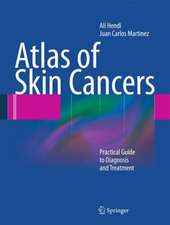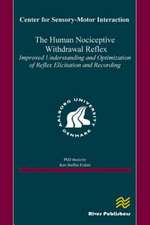Intrafascicular Electrodes for the Activation of Peripheral Nerves
Autor Aritra Kunduen Limba Engleză Paperback – 10 sep 2013
Preț: 261.17 lei
Preț vechi: 274.91 lei
-5% Nou
Puncte Express: 392
Preț estimativ în valută:
49.100€ • 51.45$ • 42.15£
49.100€ • 51.45$ • 42.15£
Carte tipărită la comandă
Livrare economică 01-15 martie
Preluare comenzi: 021 569.72.76
Specificații
ISBN-13: 9788792982636
ISBN-10: 8792982638
Pagini: 58
Dimensiuni: 156 x 234 x 3 mm
Greutate: 0.1 kg
Editura: River Publishers
ISBN-10: 8792982638
Pagini: 58
Dimensiuni: 156 x 234 x 3 mm
Greutate: 0.1 kg
Editura: River Publishers











